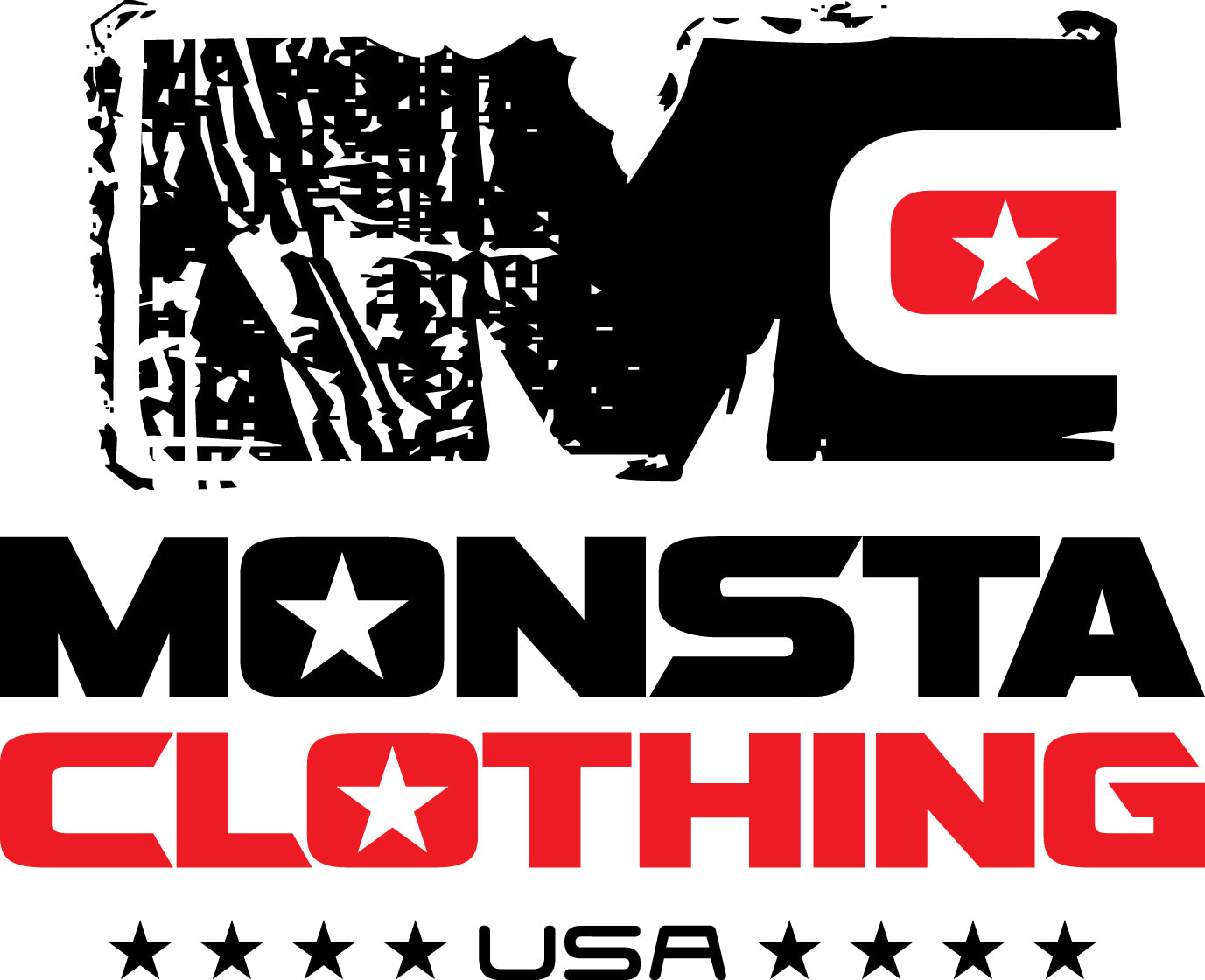If you hit the gym to do more than take selfies, you know there's a lot more to fitness apparel than just how it looks.
Style is important, but function and comfort will help you to keep your focus where it should be - on your workout, not on adjusting your kit.
That's where fabric comes in. The market is awash with new fabrics, weaves and materials all claiming to wick away sweat and keep you cool. But which ones are actually up to the job?
Read on for our guide to the best (and the worst) fitness fabric for your gym wardrobe.
Parade of Champions
Let's get you started with the best of the best.
It's a mixture of nature and science, with both having their pros and cons. Unravel the mystery of 'wicking' and decide which choice is right for you.
Spandex
Let's start with an oldie, but a goodie.
A staple of gym kits since its invention, spandex (famous also by the brand name Lycra) has lots of great qualities that make it gym friendly. First place goes to its incredible flexibility - it'll never let you down however far you lunge.
Add to that its durability and ability to wick away moisture, and it's still a great choice for today's workout scene.
Poly-Dri
Pretty much does exactly what it says on the label.
Poly-Dri is an artificial polyester fiber designed to keep you cool while working out. It does this through 'wicking' away moisture from the body.
The idea is that like a wick in an oil lamp pulls the oil up and allows you to light it, the fibers pull the moisture along them to the exterior of the garment. This allows the moisture to evaporate more easily.
Poly-Dri is used to make a range of clothes, including shirts, shorts, and hoodies - even undies can be made from this versatile fabric.
Bamboo Fiber
Yes, you read correctly. Bamboo is one of the latest trends in workout clothing, and with good reason.
Like Poly-Dri, it wicks moisture away from the body, helping to allow your body to breathe as the sweat evaporates.
However, its amazing properties don't end there. It also provides sun protection of up to 50 UPF, because of its unique formulation. This makes it perfect for when your workout takes you into the great outdoors.
It's breathable, lighter than cotton, incredibly flexible and comfortable. Another important consideration is that it is naturally anti-bacterial - helping to reduce unpleasant odors.
Nylon
Although not the most popular or common fabric to see workout clothes made from, it is actually a great material for a hard gym session.
Its super flexible, making it really comfortable to wear. It's also quick to dry, unlike cotton, and wicks sweat away from the body. It's also extremely durable - more so than polyester - so makes a great choice if you workout regularly.
Lyocell
Sometimes marketed as Tencel, lyocell is a man-made fabric that is a form of the more famous rayon.
It is made from wood pulp, giving it some environmental credentials, and has a feel that many compare with fine silk.
Because of its composition, moisture is drawn along the individual filaments that make up the fabric. This gives it a super-moisture wicking quality, keeping you cool and dry. Look out for fabrics with a lyocell blend.
Moisture Wicking Cotton
It's important to make a distinction here - we're not talking regular cotton or poly-cotton blend garments here.
Moisture-wicking cotton is a particular type of cotton that has been woven to improve its moisture-wicking qualities. Naturally, cotton is not great in this respect - just look under the next subheading for why.
However, most of us love the feel and look of cotton, and advanced forms, including Pima cotton, which has longer fibers, can make it a viable option for a comfortable workout.
Absolute Stinkers (Literally...)
Some workout gear fabric choices make you question whether the designer understands exactly what goes on in a gym...
Here's the worst of the worst - don't be tempted however good they look!
Standard Polyester
If you go for standard polyester clothes without moisture-wicking technology, you could be in serious trouble the next time you hit the gym.
Although it is an artificial fiber, polyester is actually a more hospitable environment for bacteria than natural fibers like cotton and linen.
This means that if you don't thoroughly wash it straight away, it can soon develop a distinctive whiff. Allowed to develop, this will just grow stronger and stronger, as it is bacteria in sweat, rather than sweat itself, that causes odor.
100% Cotton
Pure cotton clothing may keep you cool in everyday life but at the gym its a different matter.
If you're doing a bit of pilates than it might be fine. But if you're pumping iron - and some serious sweat - then it's not going to cut it.
While cotton is breathable, it doesn't wick away moisture as modern polyester fibers can. Therefore, not only can everyone else see exactly how hard you're working out - it feels like wearing a wet sack after about 5 minutes.
It takes time for it to dry, so you have to labor on with your clothes getting wetter and wetter, and heavier in heavier. Not a winning combo for a great workout.
The Takeaway: Choosing the Best Fitness Fabric
Clearly, choosing the best fitness fabric is not a case of simply choosing what looks best.
Think carefully about your workout, the strain you put on your body and your clothes, and what will work best for you.
In many areas of life, natural may be best. The evidence shows though that in fact, most artificial fibers will perform best at keeping moisture away from our bodies, helping you to workout longer and harder.
Still not convinced your gym clothes are that important? Click here to see how they can impact on your physical wellness.

